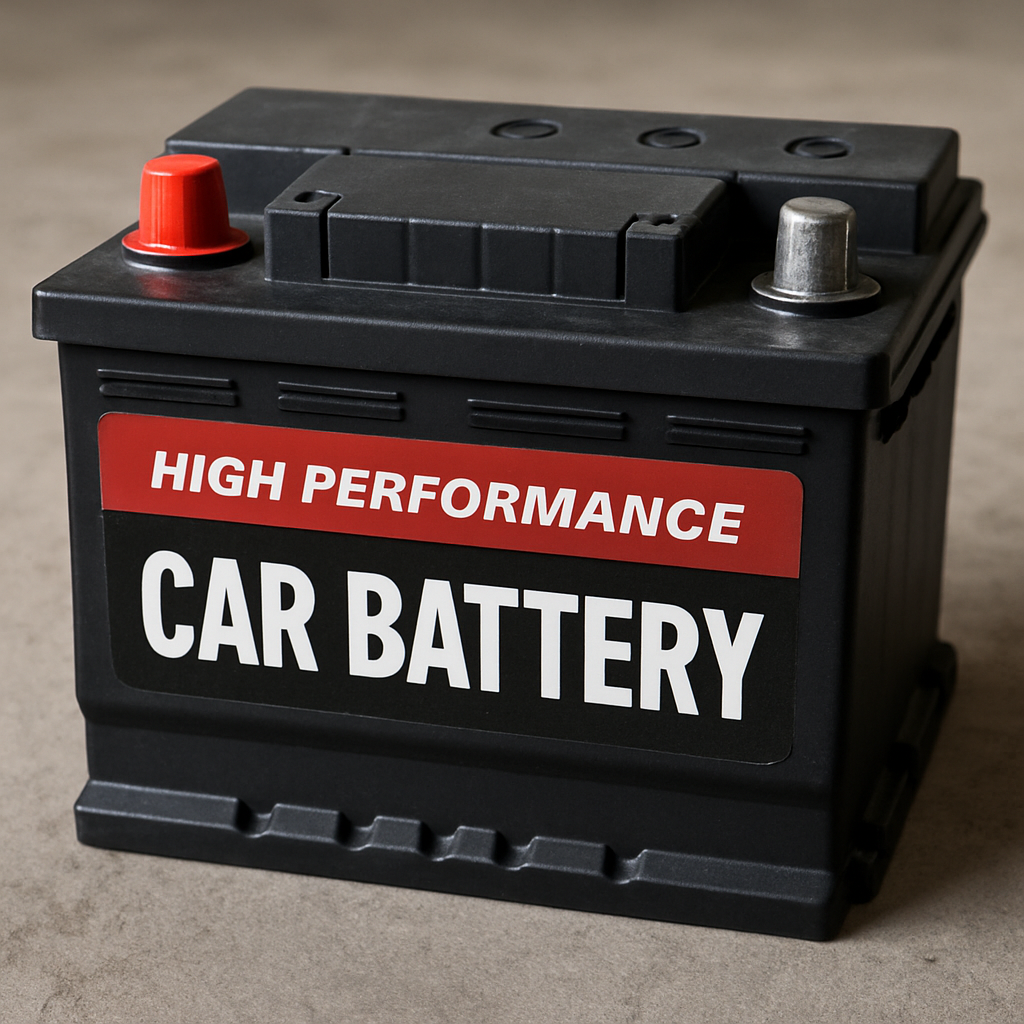Unlocking the Power: All You Need to Know About Deep Cycle Batteries
In a world increasingly driven by portable devices and renewable energy sources, batteries play a pivotal role in powering our lives. Among the various types of batteries available, deep cycle batteries have emerged as a crucial energy storage solution for a wide range of applications.
From providing electricity to remote locations to serving as the heart of renewable energy systems, deep cycle batteries are true powerhouses that deserve a closer look. In this comprehensive guide, we will delve into the fascinating world of deep cycle batteries, exploring their technology, applications, advantages, and maintenance tips.
What are Deep Cycle Batteries?
Deep cycle batteries are a specific type of lead-acid batteries designed to discharge power at a slow and steady rate over an extended period.
Unlike their automotive counterparts, such as starting batteries, which are primarily built to deliver a quick burst of energy to start engines, deep cycle batteries are engineered for continuous and deep discharges.
They are designed to withstand repeated charging and discharging cycles, making them highly efficient for long-term energy storage.
Technology Behind Deep Cycle Batteries
Deep cycle batteries typically employ one of three technologies:
- Flooded Lead-Acid Batteries: These are the most traditional type of deep cycle batteries. They consist of lead plates immersed in a liquid electrolyte solution of sulfuric acid and water. The electrolyte facilitates the chemical reaction between the plates, generating electrical energy.
- Absorbent Glass Mat (AGM) Batteries: AGM deep cycle batteries feature glass mat separators that absorb the sulfuric acid electrolyte, holding it in close proximity to the lead plates. This design minimizes the risk of spills, enhances safety, and allows for a maintenance-free operation.
- Gel Batteries: Gel batteries use silica to turn the electrolyte into a gel-like substance, immobilizing it. This design offers enhanced durability, vibration resistance, and deep-cycling capabilities.
Applications of Deep Cycle Batteries
Deep cycle batteries find applications across various industries and scenarios:
- Renewable Energy Systems: Deep cycle batteries are a cornerstone of off-grid and hybrid renewable energy systems, such as solar and wind power installations. They store excess energy generated during peak production times and release it when the renewable sources are not producing enough power.
- Recreational Vehicles (RVs) and Boats: Deep cycle batteries are commonly used to power RVs, boats, and marine vessels. They provide a reliable source of electricity for onboard appliances, lighting, and other electrical systems.
- Golf Carts and Electric Vehicles: Electric golf carts and some smaller electric vehicles often rely on deep cycle batteries for their energy needs.
- Backup Power Systems: Deep cycle batteries serve as backup power sources for critical applications, such as emergency lighting, telecommunications, and medical equipment.
- Remote and Off-Grid Locations: Deep cycle batteries are essential for powering remote cabins, weather stations, and communication towers that lack access to the electric grid.
Advantages of Deep Cycle Batteries
Deep cycle batteries offer several advantages over other battery types:
- Longer Lifespan: Deep cycle batteries are designed to endure hundreds of charging and discharging cycles, resulting in a longer lifespan compared to conventional batteries.
- High Energy Density: They have a higher energy density, allowing them to store and deliver substantial amounts of energy.
- Versatility: Deep cycle batteries come in various sizes and capacities, making them adaptable to different applications and power requirements.
- Reliable Performance: These batteries provide a stable and consistent power output, ensuring continuous operation for the connected devices.
- Low Maintenance: AGM and gel deep cycle batteries are virtually maintenance-free, as they do not require periodic electrolyte checks or top-ups.
Tips for Maintaining Deep Cycle Batteries
To prolong the life and optimize the performance of your deep cycle batteries, consider the following maintenance tips:
- Regular Inspection: Check your batteries regularly for signs of damage, corrosion, or leaks. Address any issues promptly to avoid further damage.
- Charge Levels: Avoid discharging the batteries below 50% of their capacity to extend their lifespan. Deep discharges can lead to irreversible damage.
- Proper Charging: Use a compatible charger designed for deep cycle batteries. Overcharging or undercharging can be detrimental to the battery’s health.
- Cleanliness: Keep the battery terminals clean and free from corrosion. Corrosion can impede the flow of electricity and reduce performance.
- Storage: If storing the batteries for an extended period, charge them to full capacity and disconnect them from any connected devices.
- Temperature: Store and operate deep cycle batteries in a cool, dry environment. Extreme temperatures can impact their performance.
Conclusion
Deep cycle batteries are a remarkable innovation that has transformed the way we store and utilize electrical energy. From powering remote locations to supporting renewable energy systems, these batteries have proven their worth across a multitude of applications.
With their long-lasting performance, high energy density, and low maintenance requirements, deep cycle batteries are the go-to choice for reliable and sustainable energy storage solutions.
As technology continues to advance, we can expect even more efficient and powerful iterations of deep cycle batteries, contributing to a greener and more sustainable future. Embrace the power of deep cycle batteries, and unlock their potential to fuel your life’s energy needs.



